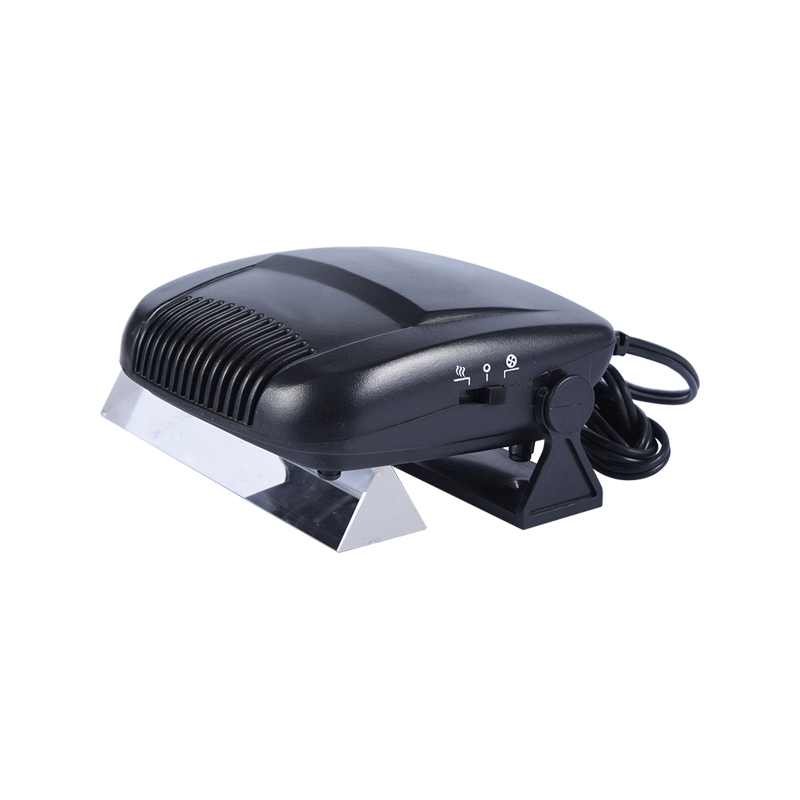As the cold front hits the northern hemisphere, car heater performance issues have become a hot topic for car owners to inspect and repair recently. Professional technicians pointed out that about 62% of winter vehicle fault consultations involve insufficient heating output or intermittent working problems.
Cause 1: Abnormal coolant circulation
It is recommended that car owners first check the coolant storage tank level to ensure that it is between the MAX-MIN markings. If the level is normal but there is still a heating problem, it is necessary to check whether the thermostat is stuck in the normally open position - you can make a preliminary judgment by observing whether the water temperature gauge is lower than the normal operating temperature (usually 90-95℃) for a long time.
Cause 2: Air blocking the warm air channel
"Like a blood clot in a blood vessel", German Bosch automotive diagnostic experts describe the air blockage phenomenon in the warm air system. When there is unexhausted air in the cooling system, you can slowly open the expansion tank cap when the engine is cold (be careful to prevent scalding), start the engine to the normal operating temperature, and eliminate the air blockage through a professional exhaust process. This operation needs to be performed in accordance with the maintenance manual of the specific vehicle model.
Cause 3: Partial blockage of the heater core
A research report by the Society of Automotive Engineers (SAE) shows that the use of inferior coolant will cause deposits of more than 0.2mm to form in the heater core pipe, reducing the heat exchange efficiency by 33%. Professional solutions include backwashing the heater core pipe and using a high-efficiency cooling system cleaner that meets the G12/VW TL-774 standard.
Tips for emergency solutions:
Temporary heating method: Set the air conditioner to internal circulation mode to increase the outlet temperature by 2-3℃
Quick filter check: Disassemble and inspect the air conditioning filter (mostly located behind the co-pilot glove box). If the dust accumulation exceeds 70%, it should be replaced immediately
Emergency circuit detection: Use a multimeter to measure the resistance value of the heater adjustment motor. The normal range should be between 4.6-5.2Ω
Belt tension detection: Loose generator/water pump belt will cause insufficient speed of the heater water pump. The midpoint depression should be less than 12mm
Professional maintenance suggestions
The heating system of modern cars is deeply integrated with the engine management system. Forcibly using folk remedies may trigger the ECU protection mechanism. It is recommended to conduct professional heating system inspection before winter every year. Key inspection items should include:
Coolant freezing point test (should be 10℃ lower than the local minimum temperature)
PWM heating valve actuation test
Blower graded speed regulation test
Infrared thermal imaging inspection of heating water tank
Industry data shows that regular maintenance can extend the service life of the heater core to 12 years/240,000 kilometers. Faced with complex electronic control systems, technicians recommend using original diagnostic equipment to read specific fault codes, such as parsing the heating control unit data stream on the LIN bus through the Bosch KTS detector.
Automobile heating system failure is like "body temperature imbalance", and timely professional diagnosis is better than blind "tonic". When encountering abnormal heating, systematic detection of the three modules of coolant circulation, air circulation, and electronic control execution can achieve accurate maintenance. Remember: qualified automobile heaters should reach a stable air outlet temperature of more than 45℃ within 8-15 minutes after starting, and any deviation from this standard should be given sufficient attention.


 English
English Português
Português عربى
عربى 中文简体
中文简体











